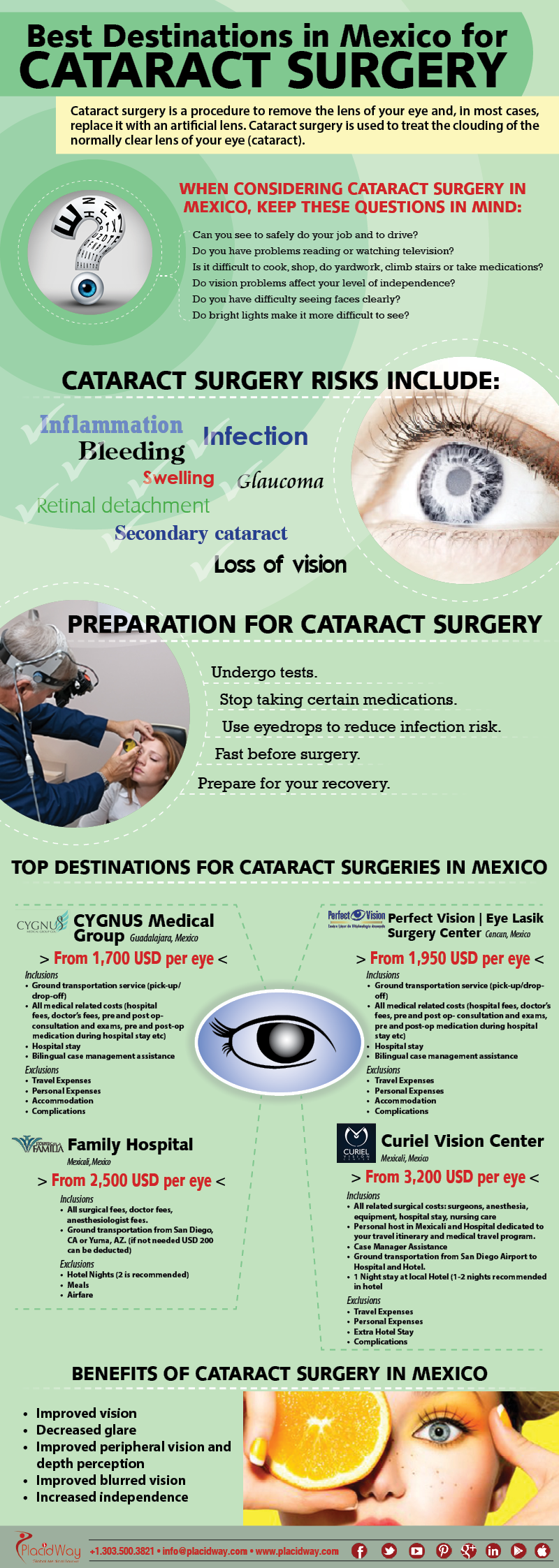A Comprehensive Evaluation Of Modern Cataract Surgical Procedure Approaches
A Comprehensive Evaluation Of Modern Cataract Surgical Procedure Approaches
Blog Article
Developed By-Brask Whitfield
As you check out the advancement of advanced cataract surgical procedure techniques, you'll witness a journey marked by resourcefulness and accuracy. From ancient approaches that led the way for modern developments to sophisticated modern technologies that are changing the area, the detailed overview of cataract surgery strategies is a testament to human development and commitment to enhancing person outcomes. The complex interaction in between historic methods and futuristic improvements produces an appealing narrative that clarifies the evolution of among the most typical procedures worldwide.
Historical Techniques and Advancements
Check out exactly how very early doctors reinvented cataract therapy by employing cutting-edge methods and devices. In the past, cataract surgical procedure was a high-risk and painful treatment. Nonetheless, ancient Indian physicians were among the first to attempt medical treatments for cataracts, making use of a method called 'formulating' where a sharp instrument was used to push the cataract back right into the eye. This method, though crude by today's criteria, prepared for future advancements in cataract surgical procedure.
As time proceeded, Arab physicians made substantial contributions by establishing specialized needles for cataract extraction. These needles were utilized to pierce the cataract and then remove it from the eye, marking a significant improvement in medical precision.
Later on, in the 18th century, the French doctor Jacques Daviel originated the method of extracapsular cataract extraction, where the whole lens was removed undamaged with a larger laceration. This marked a significant innovation in cataract surgical treatment strategies, paving the way for the modern-day treatments we make use of today.
Modern Surgical Approaches
Early methods in cataract surgery have evolved substantially, resulting in the development of modern surgical approaches that prioritize accuracy and improved person outcomes. Modern cataract surgery currently commonly involves a treatment called phacoemulsification, where an ultrasonic tool separate the cataract for removal via a small incision. https://costoflasikpereye39493.blogunok.com/29490968/frequently-asked-questions-pertaining-to-post-surgery-how-to-appropriately-take-care-of-your-eyes-after-lasik allows for quicker healing and minimizes the risk of issues compared to older methods.
Furthermore, making use of sophisticated intraocular lenses (IOLs) has reinvented cataract surgical treatment end results. These lenses can fix not only the cataract yet also various other refractive errors like astigmatism, reducing the need for glasses post-surgery.
Surgeons today additionally have accessibility to sophisticated imaging innovations that help in exact preoperative planning and intraoperative decision-making. Optical coherence tomography (OCT) and various other imaging methods supply detailed photos of the eye's structures, enabling a much more tailored approach per individual's surgical treatment. With after cataract surgery do's and don'ts , contemporary cataract surgical procedure methods remain to enhance, supplying individuals much safer treatments and better visual outcomes.
Emerging Technologies in Cataract Surgical Procedure
With advancements in technology reinventing the field, cataract surgical procedure is witnessing the integration of cutting-edge methods for improved client end results. Arising modern technologies in cataract surgical procedure are reshaping the landscape of ophthalmic procedures. One such development is femtosecond laser innovation, which enables exact corneal incisions, capsulotomies, and lens fragmentation, causing improved surgical precision and outcomes.
In addition, intraoperative aberrometry is obtaining appeal, enabling real-time measurements of refractive mistakes throughout surgical treatment to improve intraocular lens power estimations and lower postoperative refractive surprises.
In addition, using innovative imaging technologies like optical coherence tomography (OCT) and intraoperative wavefront aberrometry aids doctors in accurate surgical planning and implementation. These tools offer comprehensive anatomical information and help personalize medical techniques for each client's distinct eye attributes.
In addition, growths in expert system are being explored to assist in preoperative preparation, intraoperative decision-making, and postoperative care, potentially enhancing surgical results and individual satisfaction. Welcoming these arising innovations in cataract surgical procedure holds guarantee for further improving individual end results and making sure the proceeded evolution of ocular medical strategies.
Conclusion
As you journey through the history of cataract surgical procedure, you witness the improvement from ancient techniques to innovative modern technologies. Like a phoenix rising from the ashes, cataract surgery has evolved right into a beacon of hope and development.
Just as a caterpillar arises from its cocoon as a beautiful butterfly, cataract surgical procedure has actually thrived into a polished art type, offering individuals more clear vision and a brighter future.
The development continues, shining a light on limitless possibilities.
